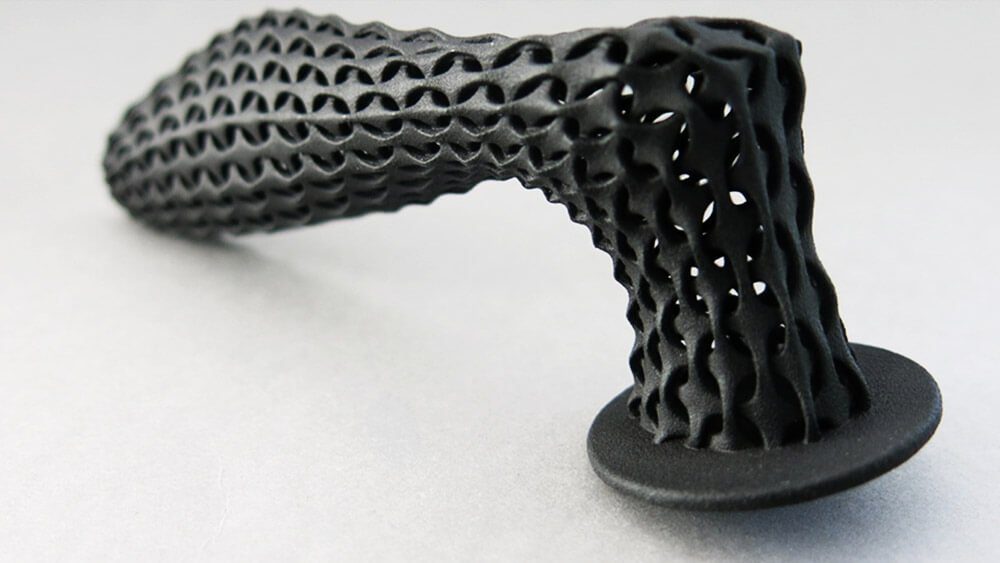Introduction
3D printing, a revolutionary technology in the realm of manufacturing, has transformed the way we conceive and produce objects. From prototyping to creating intricate designs, the 3D printing service industry plays a pivotal role in shaping the future of production.
Evolution of 3D Printing
The journey of 3D printing dates back to the 1980s, when it was initially known as “stereolithography.” Over the years, technological advancements have propelled the industry forward, enabling more precise and efficient printing processes.
Types of 3D Printing Services
There are several techniques within the realm of 3D printing, each with its unique advantages. Fused Deposition Modeling (FDM), Stereolithography (SLA), Multi Jet Fusion (MJF), and Selective Laser Sintering (SLS) are among the popular methods used today.
Applications of 3D Printing Services
The versatility of 3D printing services extends across various industries. It is widely employed in prototyping, allowing for the quick and cost-effective creation of models. The medical industry has also embraced 3D printing for customized implants and prosthetics.
Benefits of 3D Printing Services
One of the primary advantages of 3D printing is its cost-effectiveness, particularly in prototyping. Rapid prototyping reduces the time required to bring a concept to reality, contributing to faster product development. Moreover, the process minimizes material waste, aligning with sustainable manufacturing practices.
Challenges in 3D Printing Services
Despite its numerous benefits, 3D printing is not without its challenges. Material limitations, post-processing requirements, and concerns related to intellectual property pose obstacles that the industry continues to address.
Choosing the Right 3D Printing Service Provider
Selecting an appropriate 3D printing service provider is crucial for successful outcomes. Technology compatibility, experience, and client testimonials should be considered. Real-world case studies can offer insights into the capabilities of different service providers.
Future Trends in 3D Printing
As technology evolves, so does the landscape of 3D printing. The industry anticipates materials advancements, artificial intelligence integration for enhanced precision, and a focus on sustainable practices to minimize environmental impact.
3D Printing in Various Industries
3D printing has found applications in diverse sectors, including automotive, aerospace, and fashion. Its ability to create complex structures and customized components has made it indispensable in these industries.
DIY 3D Printing
The accessibility of 3D printing has expanded with the availability of home 3D printing kits. This promotes innovation at the grassroots level and holds educational value, encouraging exploration and learning.
Impact on Traditional Manufacturing
The rise of 3D printing has disrupted traditional manufacturing processes. Companies are now adapting to this shift by incorporating 3D printing into their production lines, recognizing the efficiency and flexibility it offers.
The Role of 3D Printing in Innovation
Numerous innovative projects exemplify the impact of 3D printing. Collaborative initiatives between industries and research institutions showcase the potential for groundbreaking developments in various fields.
Addressing Common Misconceptions
Despite its advancements, 3D printing is not immune to misconceptions. Understanding the realistic speed of printing and the quality of materials used is essential for informed decision-making.
The Future Landscape of 3D Printing Services
The 3D printing service market is poised for significant growth. Emerging technologies and increased industry adoption will contribute to a dynamic and evolving landscape.
Conclusion
In conclusion, 3D printing services have revolutionized manufacturing and opened doors to unparalleled innovation. The journey from historical developments to future trends demonstrates this technology’s adaptability and transformative potential.
FAQs
- How fast is the 3D printing process?
- The speed of 3D printing varies depending on factors such as complexity and chosen technology. Generally, it offers a rapid prototyping advantage.
- Are 3D printed materials of high quality?
- Quality depends on the chosen material. Many industries use high-quality materials, ensuring durability and precision.
- Can 3D printing be used for mass production?
- While 3D printing excels in prototyping and small-scale production, traditional manufacturing methods are still preferred for mass production.
- Is 3D printing environmentally friendly?
- 3D printing can be environmentally friendly, especially with the focus on sustainable materials and reduced waste.
- What industries benefit the most from 3D printing?
- Industries like aerospace, automotive, and healthcare benefit significantly from 3D printing’s ability to create complex and customized components.

0 Comments